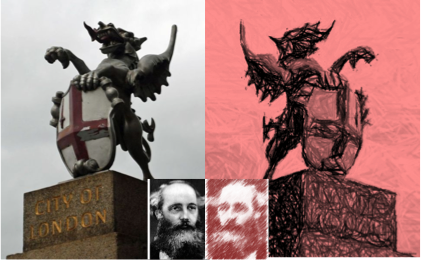Dr
Stefan Groot Nibbelink
(urn:Google)
05/12/2014, 16:30
We investigate orbifold and smooth Calabi-Yau compactifications of the non- supersymmetric heterotic SO(16)×SO(16) string. We focus on such Calabi-Yau backgrounds in order to recycle commonly employed techniques, like index theorems and cohomology theory, to determine both the fermionic and bosonic 4D spectra. We argue that the N=0 theory never leads to tachyons on smooth Calabi-Yaus in the...
Viraf Mehta
(Ruprecht-Karls Universität Heidelberg)
05/12/2014, 17:00
Although additional low scale U(1)s have been discussed extensively in SUSY GUTs and superstring models, having a viable light, extra U(1) in worldsheet heterotic string constructions has proven to be a challenge. Here, we present the construction of heterotic string models using the free fermionic formulation and focus on how viable U(1)s may arise. We motivate an example as an appealing...
Gabriele Honecker
(Johannes Gutenberg University Mainz)
05/12/2014, 18:00
As recently observed, discrete Abelian symmetries can remain as remnants in the low-energy effective action of string compactifications with massive U(1) symmetries. As I will discuss in this talk, the Peccei-Quinn symmetry arises naturally in this way in D-brane models with the QCD axion as an open string excitation and several other (invisible) axions from both the open and closed string sectors.
Christoph Luhn
(University of Siegen)
05/12/2014, 18:30
Discrete symmetries play a crucial role in physics beyond the Standard Model. Focusing on supersymmetric models which aim at explaining the family structure of quarks and leptons, I first discuss how Abelian discrete symmetries such as e.g. R-parity can emerge from an underlying U(1) family symmetry. Non-Abelian discrete family symmetries are motivated by the observation of large and very...
Hasan Sonmez
(University Of Liverpool)
05/12/2014, 18:55
I discuss the existence of discrete symmetries in the landscape of free fermionic heterotic–string vacua that were discovered via their classification by SO(10) GUT models and its subgroups such as the Pati-Salam, Flipped SU(5) and Standard-Like models. The classification is carried out by fixing a set of basis vectors and varying the GGSO projection coefficients entering the one–loop...
